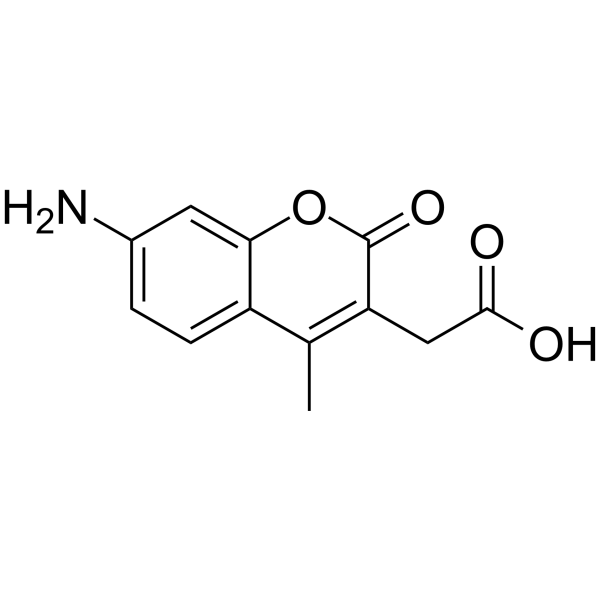Dipeptide uptake by adenohypophysial folliculostellate cells.
C Otto, S tom Dieck, K Bauer
文献索引:Am. J. Physiol. 271(1 Pt 1) , C210-7, (1996)
全文:HTML全文
摘要
Dipeptide uptake was studied in primary cultures from rat anterior pituitaries by use of radiolabeled carnosine and the fluorescent dipeptide derivative beta-Ala-Lys-N epsilon-AMCA (AMCA is 7-amino-4-methylcoumarin-3-acetic acid). Fluorescence microscopic studies revealed that the reporter peptide specifically accumulated in the S-100 positive folliculostellate cells that do not produce any known hormone. The dipeptide derivative was taken up in unmetabolized form by an energy-dependent saturable process with apparent kinetic constants as follows: Michaelis constant, 19 microM; maximum velocity, 5.5 nmol.mg protein-1.h-1. This high-affinity transporter was strongly affected by inhibitors of sodium/proton exchangers and thus appeared to be driven by a proton gradient. Competition studies revealed that the peptide transporter exhibits broad substrate specificity with a preference for hydrophobic dipeptides. In contrast to free amino acids and the pseudotetrapeptide amastatin, tripeptides were also accepted. Compounds without an alpha- and beta-amino group, such as captopril, thiorphan, and benzylpenicillin, did not affect uptake of the reporter peptide, although they were substrates of the well-characterized intestinal and renal dipeptide transporters.
相关化合物
| 结构式 | 名称/CAS号 | 分子式 | 全部文献 |
|---|---|---|---|
 |
7-氨基-4-甲基香豆素-3-乙酸(AMCA)
CAS:106562-32-7 |
C12H11NO4 |
|
Using droplet-based microfluidics to improve the catalytic p...
2015-03-01 [RNA 21(3) , 458-69, (2015)] |
|
Adaptation by the collecting duct to an exogenous acid load ...
2015-07-15 [Am. J. Physiol. Renal Physiol. 309 , F120-36, (2015)] |
|
Basal membrane complex architecture is disrupted during post...
2014-01-01 [Mol. Vis. 20 , 1777-95, (2015)] |
|
Adult neural precursor cells from the subventricular zone co...
2014-10-15 [J. Neurosci. 34(42) , 14128-46, (2014)] |
|
Dynactin functions as both a dynamic tether and brake during...
2014-01-01 [Nat. Commun. 5 , 4807, (2014)] |